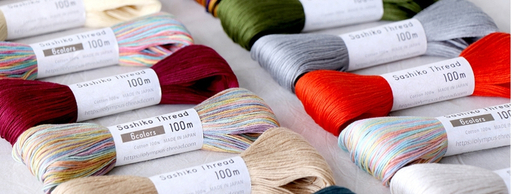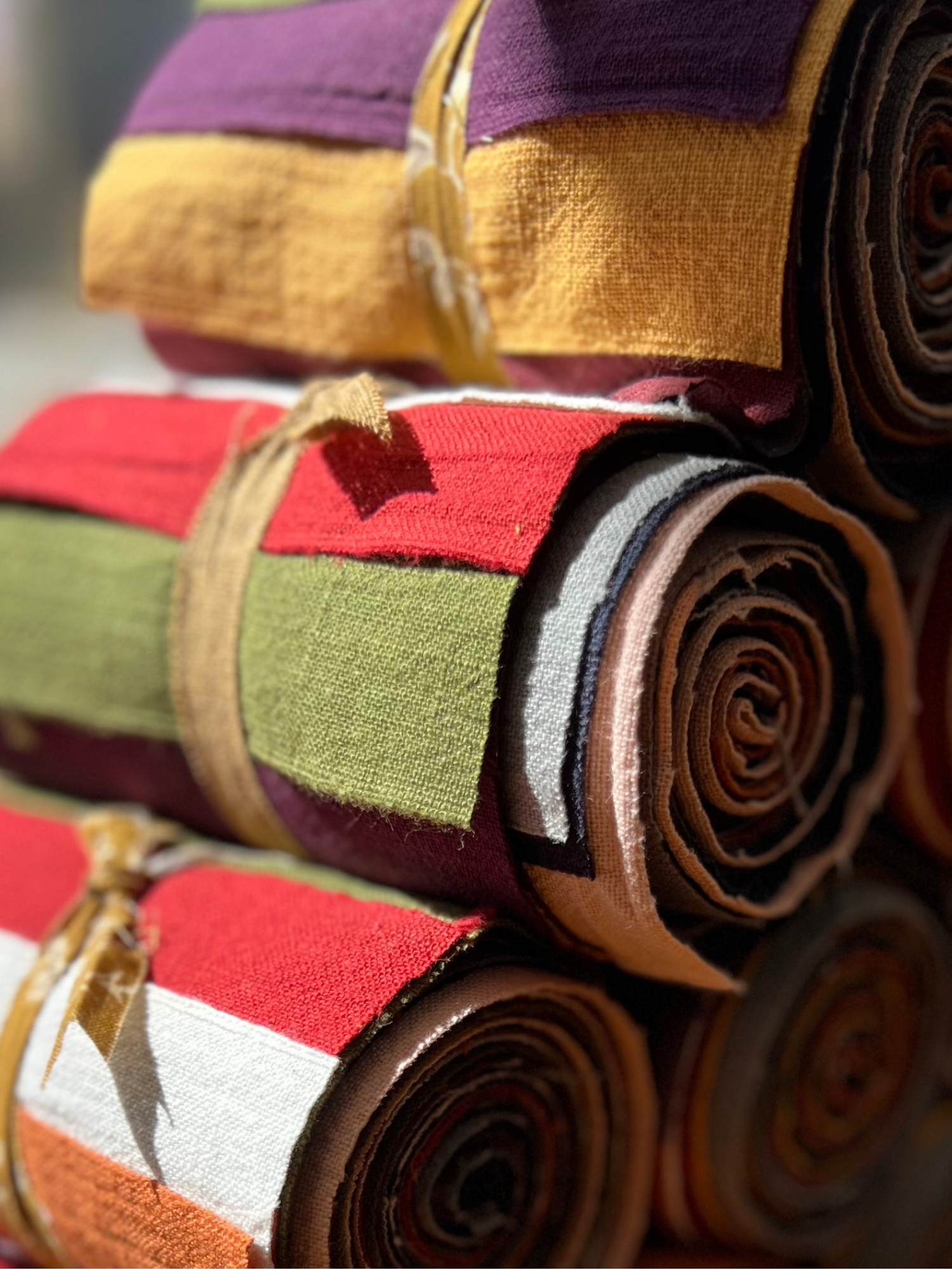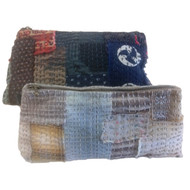Boro: The Art of Japanese Mending and Sustainable Beauty
19th Sep 2025 Reading time:
Boro (襤褸) is a traditional Japanese textile technique that embodies the concepts of sustainability, resilience, and quiet beauty. The word "boro" translates roughly to "rags" or "tattered cloth," but in practice, boro is much more than worn-out fabric—it's a philosophy of reuse and a visual story of survival and creativity.
Origins
Originating in rural Japan during the Edo period (1603–1868), boro was born from necessity. In northern Japan, especially in regions like Tohoku, winters were harsh, and resources were scarce. Cotton was expensive and difficult to obtain, so families used every piece of cloth available, layering and stitching scraps together to extend the life of clothing, bedding, and household textiles. Each patch added warmth and durability, and over time, these textiles became intricate records of family history and daily life.
Technique
The stitching technique used in boro is called sashiko, meaning "little stabs." Sashiko consists of small running stitches, often in white thread, which reinforce the fabric and create decorative patterns. These stitches bind layers together and secure patches, but they also add a rhythmic, hand-crafted texture. Traditionally, indigo-dyed cotton was the base material, giving boro textiles their distinctive deep blue hues. As layers accumulated, the garments became beautifully worn and softened—artifacts shaped by time and use.
What was once a mark of poverty is now celebrated as a symbol of mindful living and aesthetic simplicity. In recent years, boro has been embraced by artists, fashion designers, and craftspeople around the world for its raw authenticity and connection to sustainability. Vintage boro pieces are now collected as folk art, exhibited in museums, and referenced in high fashion.
But boro is not just about history or style—it offers a counterpoint to the modern culture of disposability. In an age of fast fashion and mass consumption, boro reminds us that repair is an act of care. To mend a garment is to honor the labor, materials, and memories embedded in it. It encourages us to slow down, to be resourceful, and to find value in the imperfect and the aged.
Practicing boro today is accessible to anyone. All it requires is fabric scraps, a needle, thread, and a willingness to look at damage not as a flaw, but as an opportunity for creative expression. Whether patching jeans or restoring an old jacket, the process is meditative and empowering. Each stitch becomes part of a larger narrative—a conversation between past and present, between decay and renewal.
Ultimately, boro is not only a textile technique, but a worldview: one that finds dignity in repair, beauty in imperfection, and meaning in continuity. In embracing boro, we reconnect with the values of sustainability, patience, and the quiet joy of making do with what we have.



